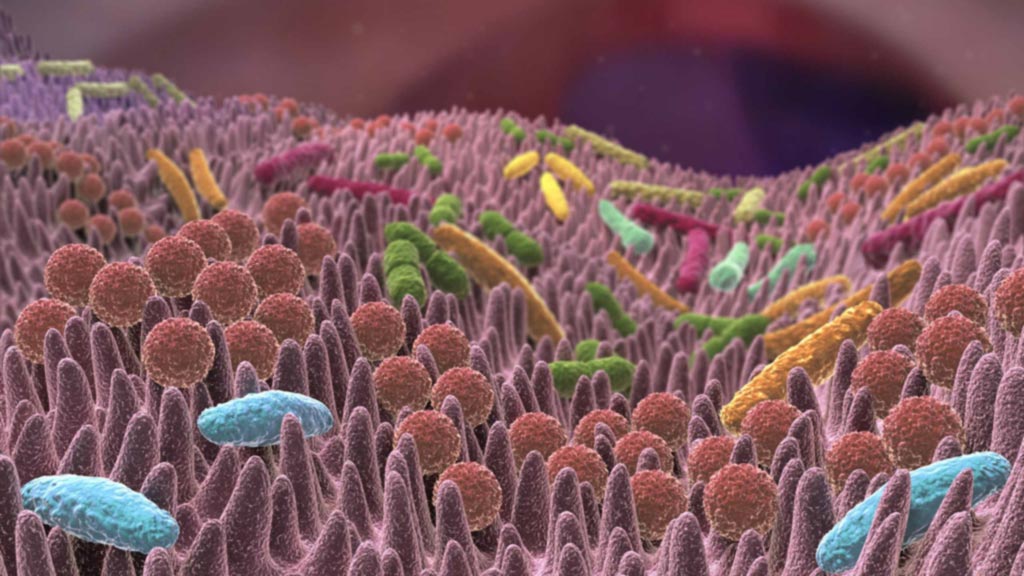You already know it under different appellations, but especially: the cutaneous microbiome. Ever heard of it? We don’t actually see them, and yet, there are more of them than all of the cells of our body.
It is said that there is 10^15 of them… But what are these micro-organisms?
They are bacteria, fungi, virus… basically the roommates living on our skin. And each of them benefits from this shared living. Predominant bacteria are called “commensal” bacteria, opposed to the “pathogenic” bacteria.

Microbiote
Where are they from?
All we know for sure is that the development of our cutaneous microbiome begins at birth (from our mother during birth), by meeting the birth canal which is full of bacteria. This is basically why it differs from one person to another. Interestingly, the type of micro-organisms that we have stays quite stable over time.
So, do we have a unique footprint based on the population of our commensal bacteria?
And you probably ask yourself: do we really need them? How does being their host benefit us? Well actually, they protect us from pathogens. Just as in every ecosystem, there is a fight for resources; and they’re basically protecting their resources and territory. We notice this by experiencing overall skin unbalances; going from acne to atopic dermatitis, and other conditions.
We can’t ignore the link between our roommates and our immune system. Now, what can we do to protect our microbiome?
Although the link between taking oral probiotics and the improvement of our skin microbiome remains to be proven, an easy step would be: prevention. We should use non aggressive cleansers to avoid destroying our hydrolipid film and its living micro-organisms.
Also, if we give it a little break and space; if we trust it, a healthy skin (without any particular condition), knows how to take care of itself.
So… Why not changing our night soap for a white clay mask from time to time?
Le microbiote cutané : le poids lourd sort de l’ombre. Rev Med Suisse 2016 ; 12 : 660-4
